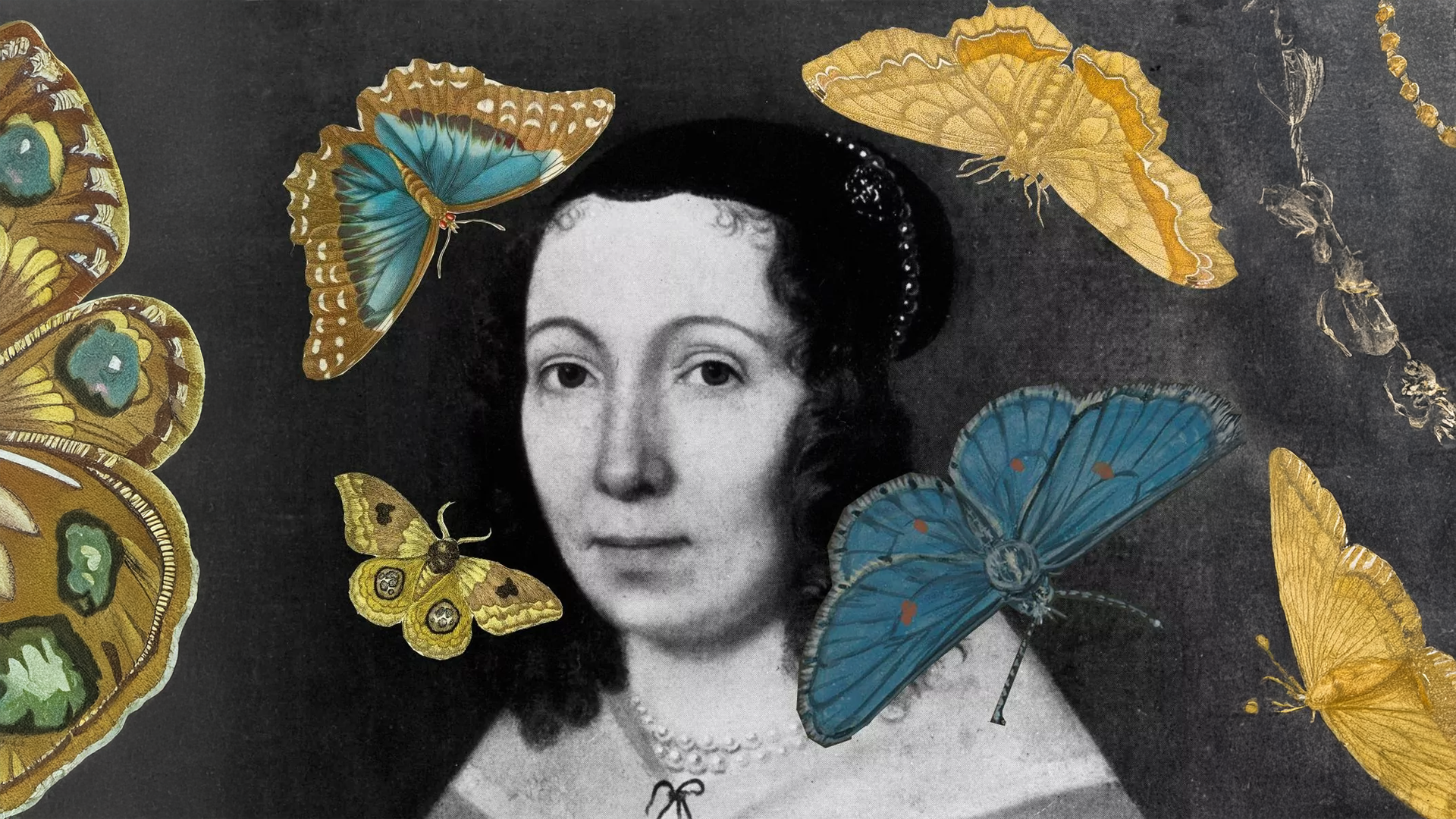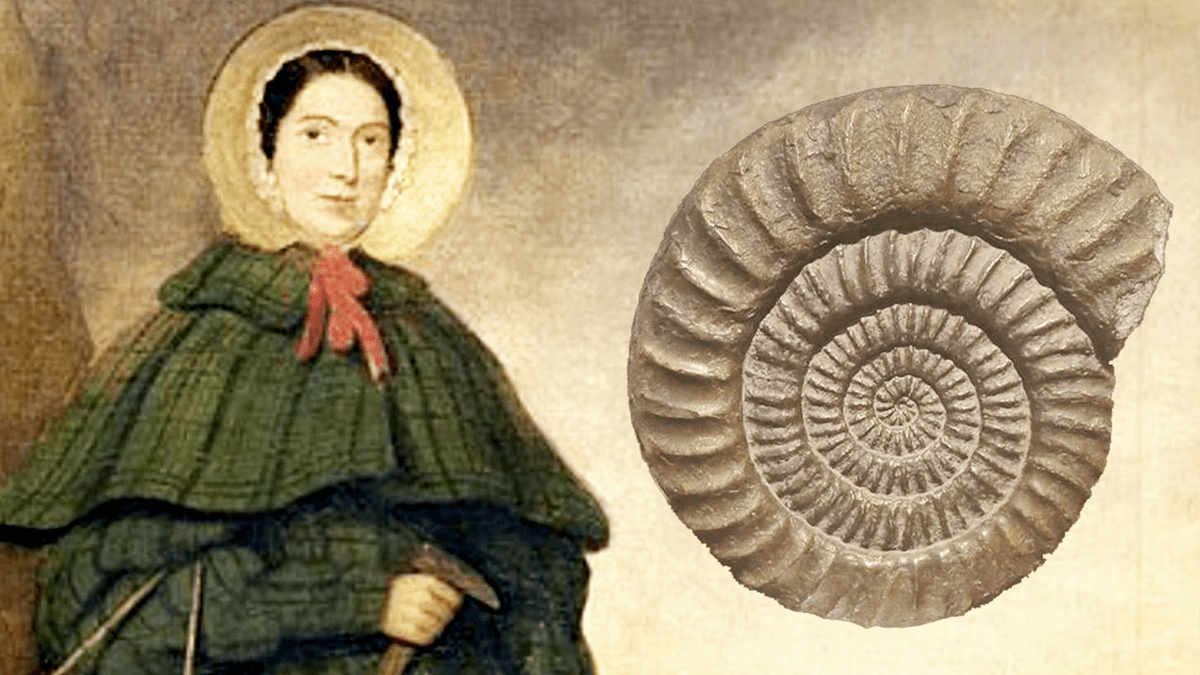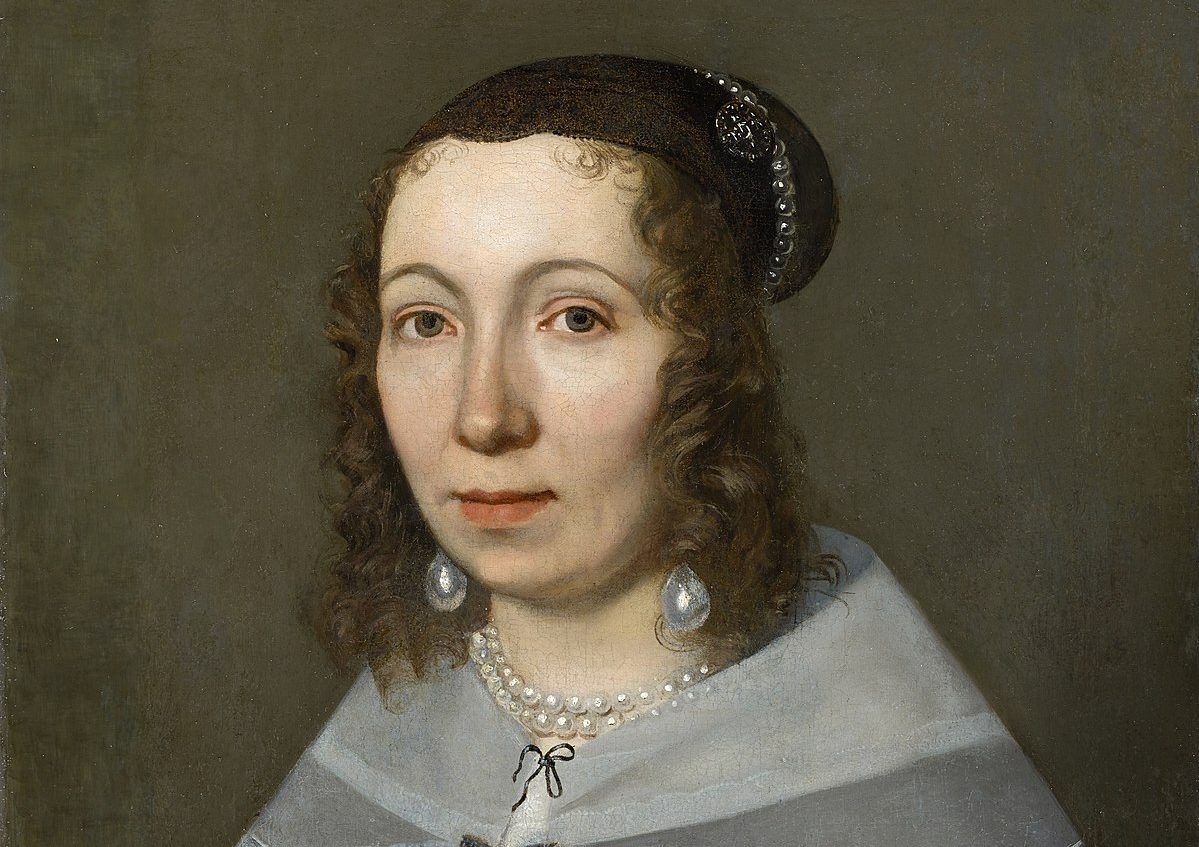Maria Sibylla Merian

Maria Sibylla Merian proved that careful observation can change what the world believes.
Biography
Born in Frankfurt in 1647 to a family of printmakers and painters, Maria Sibylla Merian grew up surrounded by presses, pigments, and illustrated books. As a teenager she raised silkworms on mulberry leaves and began recording every stage of their lives (egg, caterpillar, chrysalis, adult). At a time when many Europeans still believed insects sprang from mud or meat, Merian showed that metamorphosis was a natural, repeatable process.
In Nuremberg during the 1670s and 1680s, Merian did something radical for her time: she collected living insects, reared them through their life cycles, and drew them alongside the exact plants they depended on for food and egg-laying. Her two-part book, Der Raupen wunderbare Verwandelung (1679, 1683), taught readers to look for connections like caterpillars eating specific leaves, butterflies visiting particular flowers, rather than treating insects as decoration on pretty bouquets.
After separating from her husband, Merian moved with her daughters to the Dutch Republic, a center of global trade and scientific collecting. There she studied specimens in major cabinets of curiosity and realized something was missing: fieldwork in the habitats where those plants and animals actually lived. At age 52, she and her younger daughter Dorothea undertook a self-funded, two-year expedition (1699–1701) to Suriname in South America, an extraordinary journey for any European, and almost unheard of for a woman.
In Suriname, Merian worked like today’s field ecologists. She made repeated trips into forests and plantations; sketched insects, spiders, reptiles, and their host plants; and reared larvae to adults to verify who ate what. She also relied on the knowledge and labor of local people, including Indigenous and enslaved guides, to find species and sites. Her notes documented not just beauty but behavior (diet, habitat, seasonality) and even included observations critical of exploitative colonial practices.
Forced home by illness, Merian transformed her sketches into Metamorphosis insectorum Surinamensium (1705), a large, lavish volume of 60 plates showing life cycles in context: eggs on leaves, caterpillars feeding, chrysalises hanging, and adult moths or butterflies, all arranged with the correct host plants. She revealed specialist relationships (some insects rely on only certain plants) and showed that ecosystems are webs of interaction, not isolated specimens.
Despite her meticulous methods, Merian faced skepticism for lacking university credentials and for being a woman in a male-dominated science. Some called her an amateur; others later borrowed her insights without credit. Over time, however, scientists such as Carl Linnaeus used her observations to build tropical plant taxonomy, and museums and collectors paid large sums for her watercolors, recognition of both scientific value and artistic power.
Merian trained her daughters Johanna Helena and Dorothea Maria as collaborators, ran a studio and print business, and helped shift European natural history from decorative still life to evidence-based illustration. When she died in 1717, she left behind a new standard: show organisms with the plants and places they depend on. That simple rule helped launch modern entomology and made her one of Europe’s first ecologists.
Merian didn’t just paint beautiful insects, she showed how life is connected. By drawing caterpillars with their exact host plants and following them through metamorphosis, she shifted science from collecting objects to understanding relationships. That jump from ‘what is it?’ to ‘how does it live?’ is the heart of ecology and conservation today. Her story also expands who we imagine as a scientist: a self-taught woman running a studio, raising daughters, trekking through tropical forests, and publishing a book that still guides researchers. In a world that rewards fast takes and surface views, Merian reminds us that patient observation can reveal hidden systems and that those insights can outlast a lifetime.
?
How did Merian’s choice to rear insects from life change the accuracy of her work?
What do her Suriname plates reveal about specialist relationships between insects and plants?
In what ways did gender and lack of formal training shape the reception of Merian’s science?
How is Merian’s approach similar to what modern ecologists and science illustrators do today?
What ethical questions arise when scientific work depends on knowledge gathered in colonial settings?
Dig Deeper
How a 17th-century artist-naturalist used observation to overturn myths about insects and metamorphosis.
Discover more

Jane Goodall
Jane Goodall showed the world that science and compassion are not mutually exclusive and that changing minds sometimes starts with changing hearts.

Charles Darwin
Charles Darwin revolutionized biology by developing the theory of evolution through natural selection, reshaping how we understand life on Earth.

Mary Anning
Discovered the first complete Ichthyosaurus, Plesiosaurus, and Pterosaur fossils, making her one of the founding figures of paleontology.
Further Reading
Stay curious!
